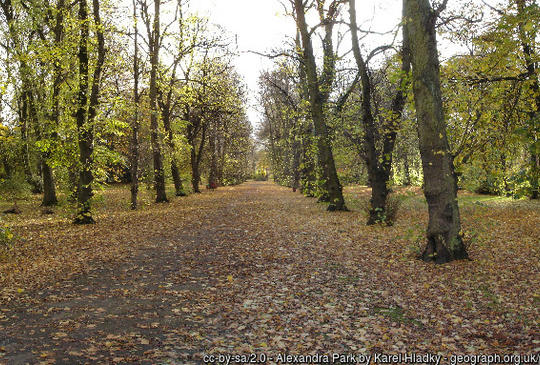
Why Do We Need Urban Green Space?
Urban green spaces can include: urban parks such as pocket parks, roadside greenery or verges, amenity grassland, sports pitches or remaining natural landscapes
From the Victorian boom of formal public parks (some of the first being in Preston and Birkenhead in the 1830s) to the more modern concept of pocket parks, urban green spaces are seen as key infrastructure in our rapidly developing urban communities. However, the multiple ways they benefit us are rarely understood in their entirety. The IGNITION project has begun to review the evidence that shows how urban green spaces support us socially, economically, and environmentally.
How do we know the benefits?
While more green space is widely perceived as beneficial, the IGNITION project wants to drill down into the detail of who these benefits effect and how and why they’re so powerful. As part of the project, research was undertaken by project partners GMCA and BITC to review available evidence on the benefits of nature-based solutions. These solutions included green roofs, green walls, street trees, sustainable drainage systems, urban parks and green spaces. Over six months, the project reviewed:
- 1000+ evidence items
- five urban nature-based solutions
- 12 benefits across social, environmental and financial areas, such as health and local economic growth

This evidence base, available to download alongside supporting resources here, will remain a live repository of information, updated with new studies when they become available. Watch our ‘How to use the evidence base’ webinar here.
There are 317 evidence items within the evidence base for urban green space.
What did we find?
Urban green spaces can help us to mitigate climate change by:
- soaking up 0.2 kg of carbon per m2 annually. This means an area the size of a football pitch soaks up 1,428 kg of carbon every year (the equivalent weight of 170 bananas)
- storing 1 kg of carbon per m2 above ground and 6 kg of carbon per m2 below ground. Combined this means the potential carbon storage for an area the size of a football pitch is 48,980 kg (the equivalent weight of 8.5 elephants)
Urban green spaces can help us adapt to the effects of climate change by:
- soaking up 30% of annual rainfall
- reducing the surrounding air temperature by almost 3oC in the daytime
Urban green spaces can help restore our natural environment by:
- providing habitats and food for a huge range of biodiversity
- providing areas of connectivity for wildlife to travel through safely in urban environments
- reducing noise pollution at a rate of 4 decibels per m2 of green space
- reducing particulate matter in the air by 9% inside a park
- filtering 85% of all water pollutants from rainfall and water runoff
Urban green spaces can support our health and wellbeing by:
- proving access to nature that influences a huge range of areas such as: mental health, stress, general health, all-cause mortality, cardiovascular mortality, physical activity, obesity and cholesterol levels, heart rate and blood pressure, type 2 diabetes, pregnancy outcomes, and the behavioural and cognitive development of children
Urban green spaces can provide financial incentives for developers, owners, occupants, and businesses by:
- increasing the value of properties in proximity to a park by 9.5%
- increasing the rent value of properties in proximity to a park by 7%
- increasing commercial trading rates by 40%
- increasing willingness to pay by 10%
- encouraging 50% of park visitors to visit a local business
We can see examples of how we are beginning to harness these benefits in Greater Manchester; from the move towards social prescribing and nature therapy to benefit our health, parks like the Grow Green sponge park to manage our increased rainfall, parks like Northern Roots pioneering the business case for urban green space and the transformation of the Mayfield area to become the first park in Manchester in 100 years including floodable meadows and biodiverse ecological areas. Keep an eye out for the IGNITION nature-based solutions Living Lab at the University of Salford that will host interconnecting nature-based solutions and create new urban green spaces, whilst monitoring and researching their performance.
It is clear we need to prioritise our green spaces’ performance for people and planet; this might mean super-charging our existing green spaces functionality or ensuring quality green spaces are included in new developments. Either way, with all this data available doing so should be, you guessed it, a walk in the park.

[1] https://tradingeconomics.com/united-kingdom/urban-population-percent-of-...
Getting the Green Light – How Do Nature-Based Solutions Perform?
Contributed by Sam Hartley
Contributor Profile
Sam Hartley is Campaign Officer for the Business in the Community Environment team, working full time of the IGNITION Project. She joined the project in October 2019, moving from working on environmental projects in Scotland. Along with GMCA, Sam has led on the research for the nature-based solutions Evidence Base for the IGNITION project.




